



Scott Adkins World 2017 - 2025




PRISONER OF WAR 2025


They took his freedom. Now he's taking everything back.
Prisoner of War is a World War II martial arts action film directed by Louis Mandylor. The story follows RAF
officer James Wright, played by Scott Adkins, who is captured by Japanese forces in the Philippines after his
plane is shot down. In the prisoner-of-war camp run by Lieutenant Colonel Benjiro Ito, Wright must not only
survive but also fight in brutal matches organized by his captors for entertainment.
The film opens in Tokyo in 1950, where Wright enters a Japanese dojo in search of the son of his former camp
commander, Ito. This brief sequence leads into a long flashback to 1942, where most of the story unfolds.
The screenplay, co-written by Adkins, blends elements of the classic escape movie with the martial arts genre.
Wright joins a group of American and Allied POWs who plan an escape while he is repeatedly forced to fight
for his life. The plot is simple but effective and easy to follow.
In the last weeks, summer 2024, Scott
was shooting this film in the Philippines
with his longtime collaborator and friend
Louis Mandylor in the directors seat.
It was hard at work in the humid heat of
The Philippines but Scott was doing his
very best. Unfortenutaly Scott tores his
hamstring on Day 1, so had to use a
double for some kicks… Which he
hates…
But in the end Scott is super happy with
the movie: “The action sequences are
amazing!”

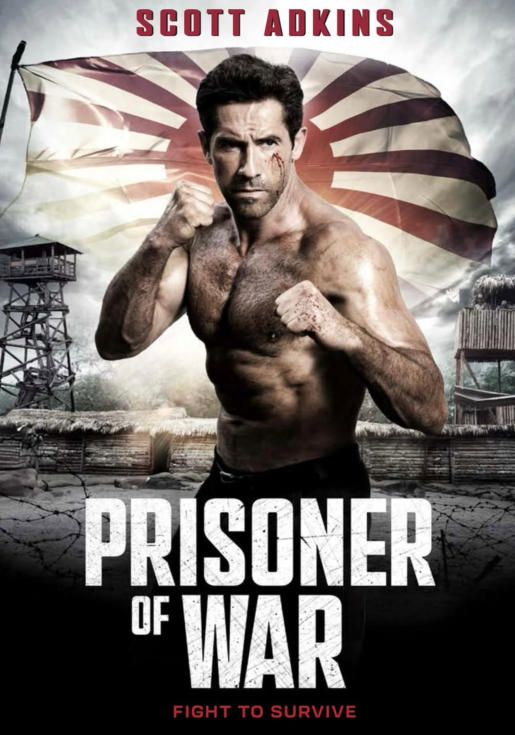
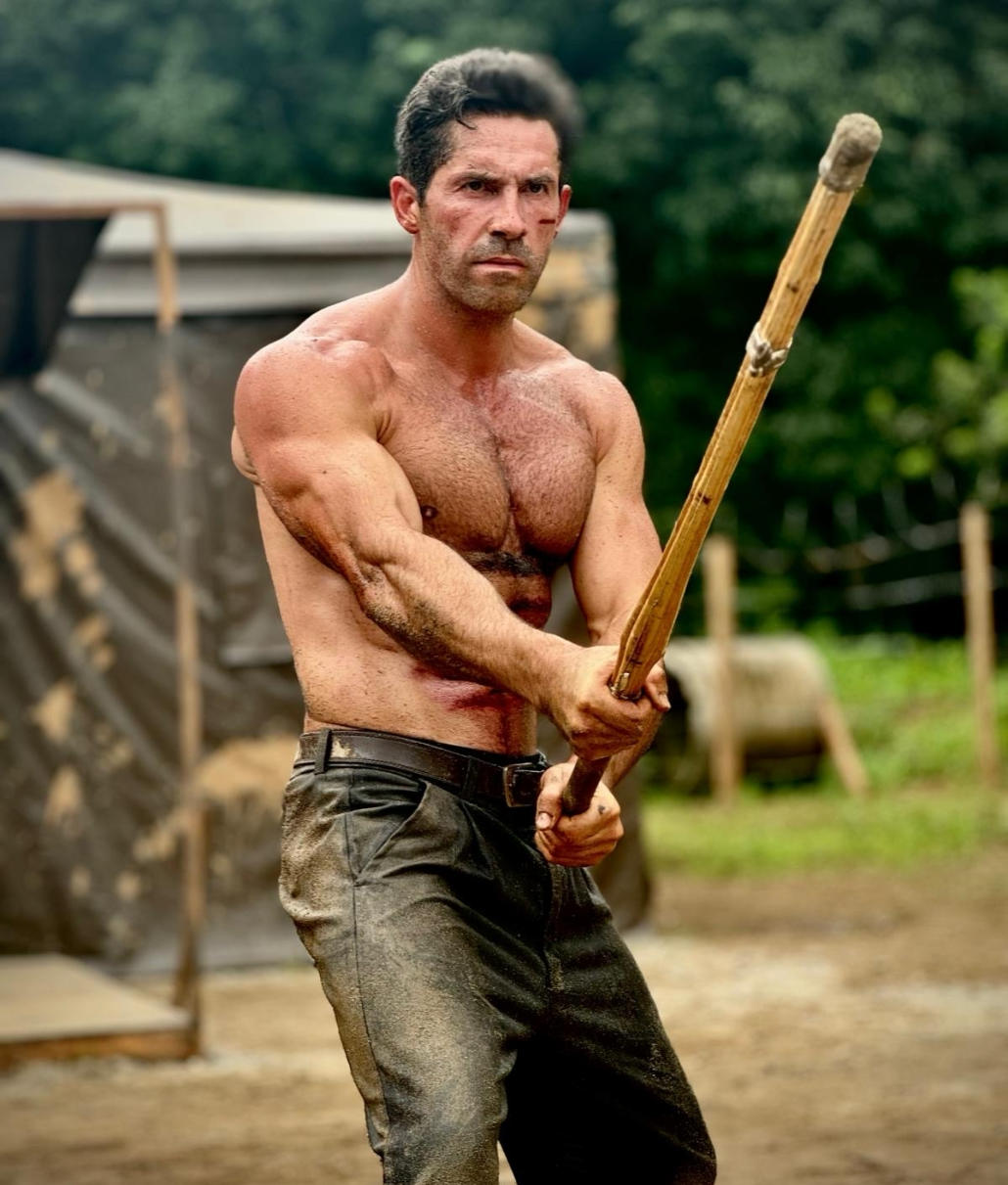
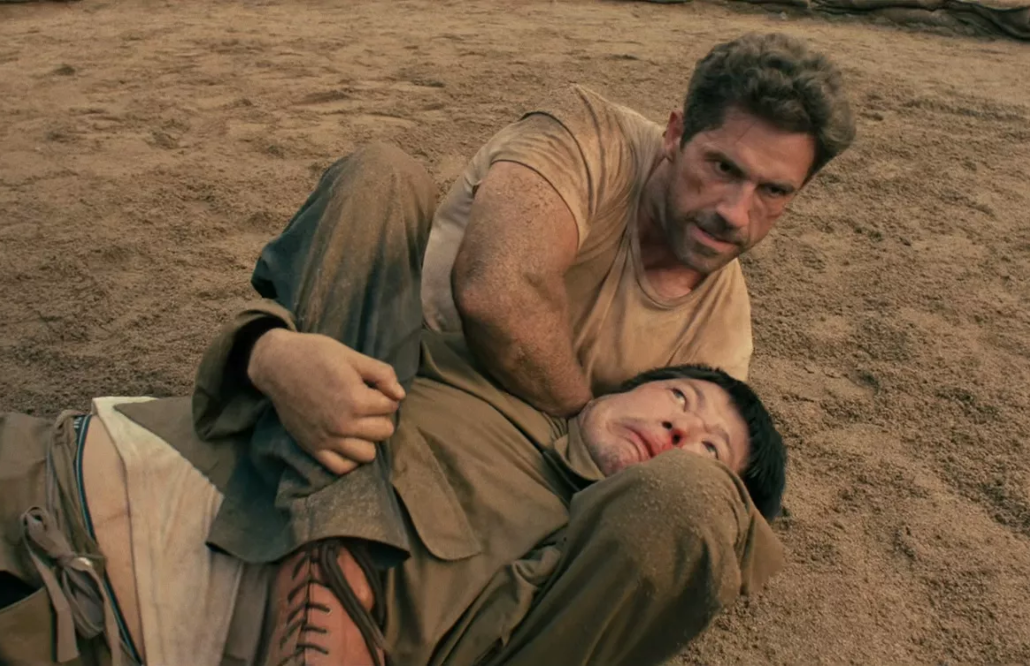



Scott always excels in impressive knife fight scenes, and this film is no exception.
With Prisoner of War, Louis Mandylor delivers what is likely his best work as a director so far. The sets,
costumes, and props look convincing, although some CGI effects — such as the opening scene in which
Wright’s plane is shot down — are of slightly lower quality. Cinematographer Niccolò de la Fère provides crisp
digital camerawork and a clear visual style that makes the most of the compact locations. Tasos Eliopoulos’s
score adds grandeur and emotional weight to the film and complements the story well.
Adkins portrays Wright as a stoic and determined officer whose background in Hong Kong has given him
exceptional fighting skills. His performance is intense yet restrained, conveying emotion through subtlety
rather than words. Peter Shinkoda impresses as Lt. Col. Ito, an antagonist who is both cruel and honorable. His
fascination with Wright’s martial prowess prevents him from becoming a one-dimensional villain.

The film’s greatest strength lies in its fight choreography. Under the guidance of stunt coordinator Stephen
Renney and fight choreographer Alvin Hsing, the combat sequences are fluid, powerful, and clearly shot.
Mandylor avoids overly fast editing and allows the actors to showcase their physical abilities. The hand-to-hand
combat, in particular, feels energetic and authentic.
The film alternates brief moments of character development with frequent bursts of action, keeping the pacing
brisk throughout. The script touches on themes such as honor and humanity without becoming overly heavy-
handed.
Prisoner of War is a solid war and martial arts film featuring impressive fight scenes, tight direction, and a
strong musical score. In short, it’s a well-crafted, physical World War II action film with a classic B-movie spirit —
competent, entertaining, and another worthy entry in Adkins’s filmography.




Scott Adkins World 2017 - 2025






They took his freedom. Now he's taking everything back.
Prisoner of War is a World War II martial arts action film
directed by Louis Mandylor. The story follows RAF officer
James Wright, played by Scott Adkins, who is captured by
Japanese forces in the Philippines after his plane is shot
down. In the prisoner-of-war camp run by Lieutenant
Colonel Benjiro Ito, Wright must not only survive but also
fight in brutal matches organized by his captors for
entertainment.
The film opens in Tokyo in 1950, where Wright enters a
Japanese dojo in search of the son of his former camp
commander, Ito. This brief sequence leads into a long
flashback to 1942, where most of the story unfolds.
The screenplay, co-written by Adkins, blends elements of
the classic escape movie with the martial arts genre.
Wright joins a group of American and Allied POWs who
plan an escape while he is repeatedly forced to fight for
his life. The plot is simple but effective and easy to follow.
In the last weeks, summer 2024, Scott was shooting this
film in the Philippines with his longtime collaborator and
friend Louis Mandylor in the directors seat.
It was hard at work in the humid heat of The Philippines
but Scott was doing his very best. Unfortenutaly Scott
tores his hamstring on Day 1, so had to use a double for
some kicks… Which he hates…
But in the end Scott is super happy with the movie: “The
action sequences are amazing!”
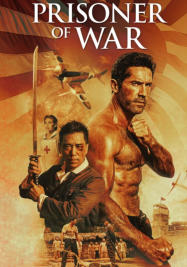



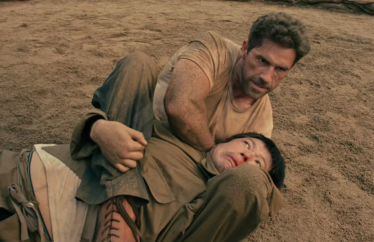
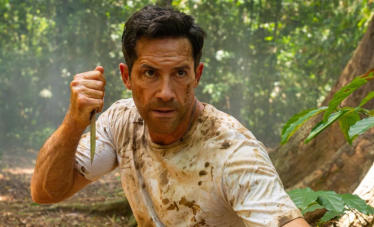
Scott always excels in impressive knife fight scenes, and
this film is no exception.
With Prisoner of War, Louis Mandylor delivers what is
likely his best work as a director so far. The sets,
costumes, and props look convincing, although some
CGI effects — such as the opening scene in which
Wright’s plane is shot down — are of slightly lower
quality. Cinematographer Niccolò de la Fère provides
crisp digital camerawork and a clear visual style that
makes the most of the compact locations. Tasos
Eliopoulos’s score adds grandeur and emotional weight
to the film and complements the story well.
Adkins portrays Wright as a stoic and determined officer
whose background in Hong Kong has given him
exceptional fighting skills. His performance is intense yet
restrained, conveying emotion through subtlety rather
than words. Peter Shinkoda impresses as Lt. Col. Ito, an
antagonist who is both cruel and honorable. His
fascination with Wright’s martial prowess prevents him
from becoming a one-dimensional villain.
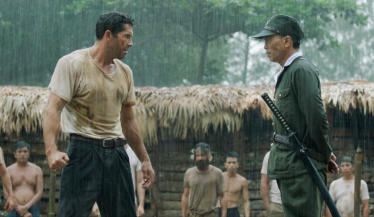
The film’s greatest strength lies in its fight choreography.
Under the guidance of stunt coordinator Stephen Renney
and fight choreographer Alvin Hsing, the combat
sequences are fluid, powerful, and clearly shot. Mandylor
avoids overly fast editing and allows the actors to
showcase their physical abilities. The hand-to-hand
combat, in particular, feels energetic and authentic.
The film alternates brief moments of character
development with frequent bursts of action, keeping the
pacing brisk throughout. The script touches on themes
such as honor and humanity without becoming overly
heavy-handed.
Prisoner of War is a solid war and martial arts film
featuring impressive fight scenes, tight direction, and a
strong musical score. In short, it’s a well-crafted, physical
World War II action film with a classic B-movie spirit —
competent, entertaining, and another worthy entry in
Adkins’s filmography.





















